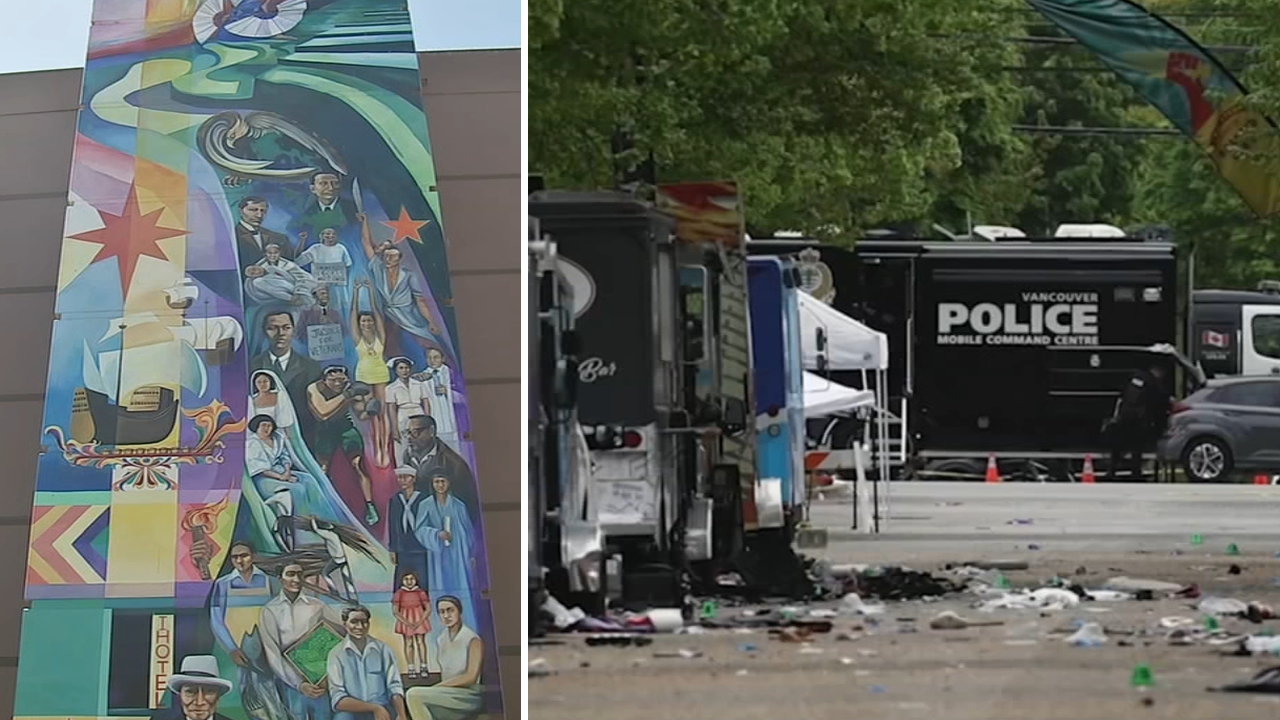New system expands laser eye treatment

PALO ALTO, Calif. (KGO) -- A new system tested in the Bay Area could make a popular vision surgery available to people who haven't qualified.
For Siu Ying Wang, the world has been a bit blurry since childhood.
"I am nearsighted since 5 years old, and started wearing glasses since the second grade," Wang said.
But Friday she's going to undergo LASIK surgery with the help of a newly approved 3-D imaging system. The high-resolution device, made by Bay Area-based Abbott, uses a laser beam to scan and map the eye, measuring imperfections like astigmatism and nearsightedness with incredible detail.
"Then it takes that information and designs a treatment pattern that's very specific for the individual's eye," Byers Eye Institute's Dr. Edward Manche said.
Manche helped test the system, known as i-design, during clinical trials at Stanford.
He says the scan is roughly 25 times more precise than traditional methods of measuring irregularities that impact vision.
Over the course of about half an hour, Manche uses the blueprint generated by the iDesign to guide a LASIK procedure, reshaping Sui Ying's cornea and correcting her nearsightedness.
Abbott says the mapping system grew out of technology used by its engineers to help shape the mirrors on the new James Webb space telescope.
Manche says the improved precision now allows surgeons to perform LASIK corrections on patients who wouldn't have qualified in the past.
"The new system allows us to treat a much wider degree of nearsightedness and astigmatism," Manche said.
Siu Ying says she's looking forward to the added freedom she'll have, being to read and play with her daughter, without reaching for her glasses.
The system allows surgeons to treat younger patients, from 18 years old. With older systems, the cutoff for LASIK was typically 21.
Written and produced by Tim Didion






